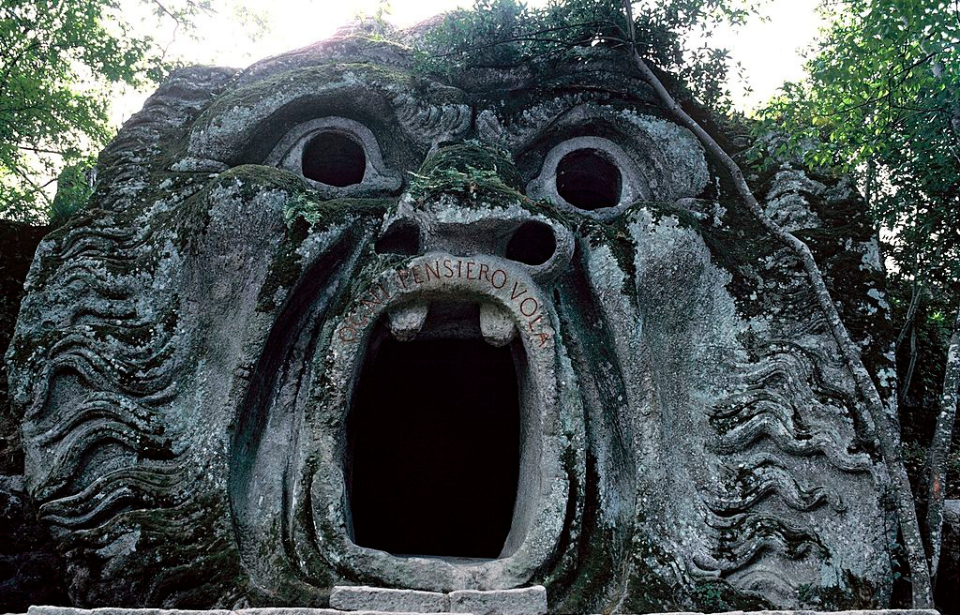Located 42 miles northwest of Rome, in the Italian town of Bomarzo, sits a garden filled with 16th-century statues. Known by a number of names – the “Sacred Grove,” the “Gardens of Bomarzo,” the “Park of the Monsters” and the “Monsters’ Woods” – the location was largely forgotten about until it was rediscovered by painter Salvador Dalí in the mid-20th century.
Although it’s on private property, the site has become a popular tourist attraction, attracting 40,000 visitors a year.
Commissioned by Pier Francesco Orsini
Pier Francesco Orsini, better known as Vicino, was born in 1523. He served as a condottiero – a captain in command of mercenary units during the Middle Ages – under Pope Paul III, after being called upon to help with the fortifications of Rome. While leading troops tasked with assisting the forces of Holy Roman Emperor Charles V, he was taken prisoner, but released the following year.
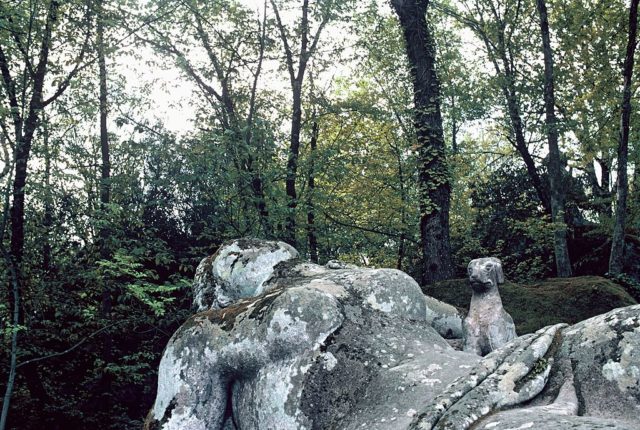
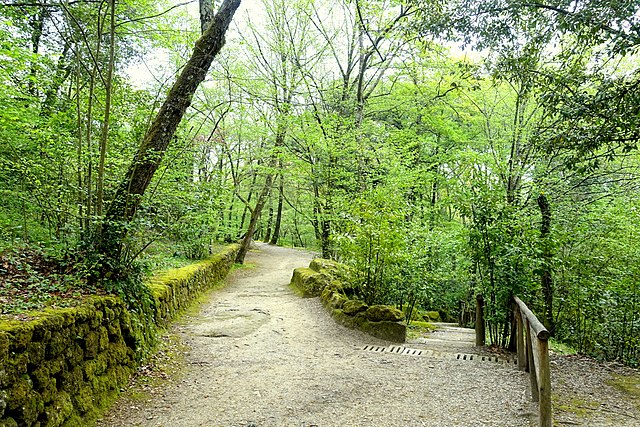
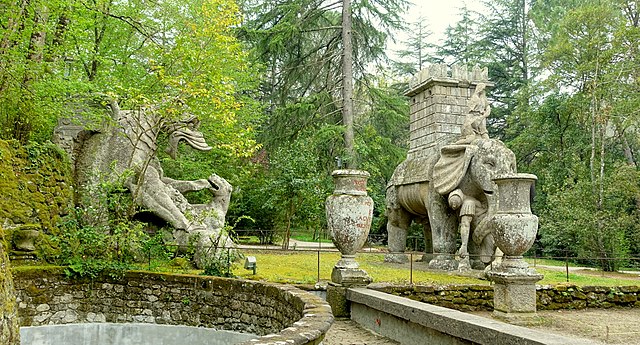
In 1553, he was fighting in Germany when he lost his commander and friend, Orazio Farnese, Duke of Castro. It was during that same battle that Orsini was taken as a prisoner of war and held for ransom for years, before being released and returned to Italy upon the signing of the Treaty of Cateau-Cambrésis.
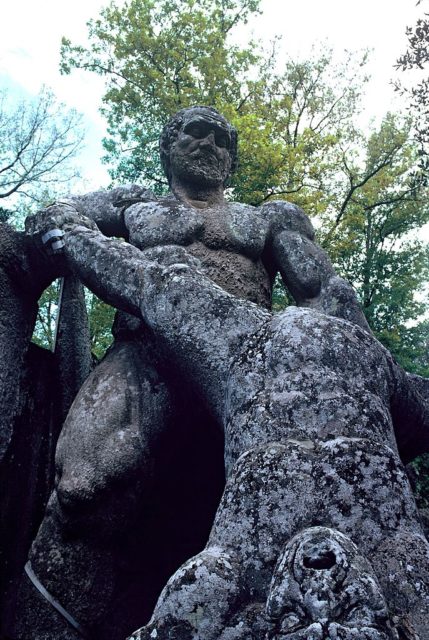
Not long after returning home, Orsini’s beloved wife, Giulia Farnese, passed away. Her death greatly affected him, and in an attempt to alleviate his grief, he hired Pirro Ligorio and Simone Moschino to erect a garden in her honor. The memorial took 30 years to complete, with Orsini unable to properly enjoy it, as he passed away in the early-to-mid 1580s.
The unusual design of the Gardens of Bomarzo
Orsini tasked Ligorio and Moschino with creating a garden that went against the typical Renaissance revival of classical art and architecture. He was interested in the Mannerist style, and wished to astonish, as opposed to eliciting pleasant feelings. This resulted in the creation of monstrous statues many believe were inspired by Greco-Roman mythology.
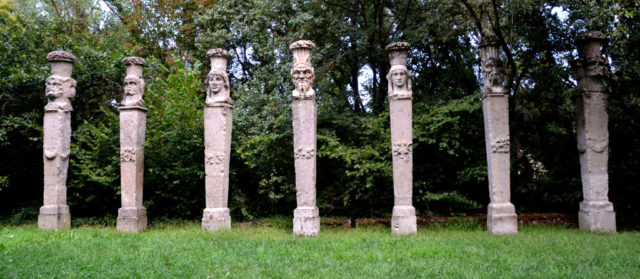
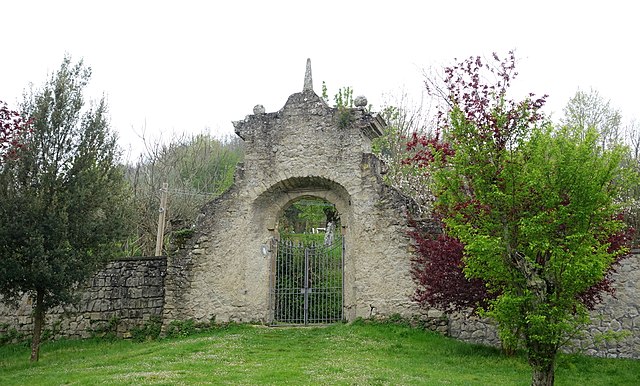
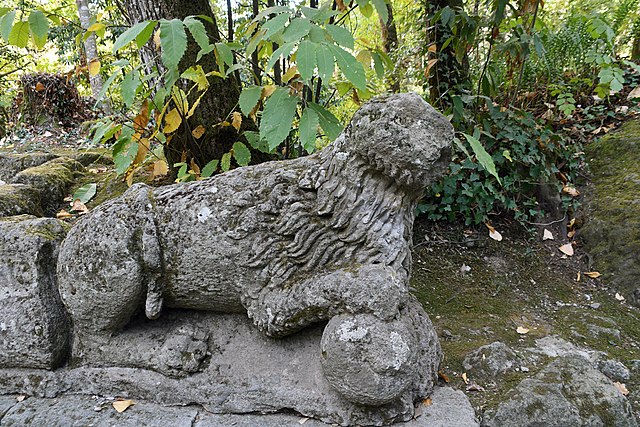
Orsini was well-versed in classical literature and was interested in antiquities, while Ligorio was fascinated by the grotesque. This influenced the sculptures that wound up in the garden, which many describe as anything but ordinary. Along with being strewn across the site in what appears to be a haphazard manner, the statues depict deities, monsters, and mythological and historical figures.
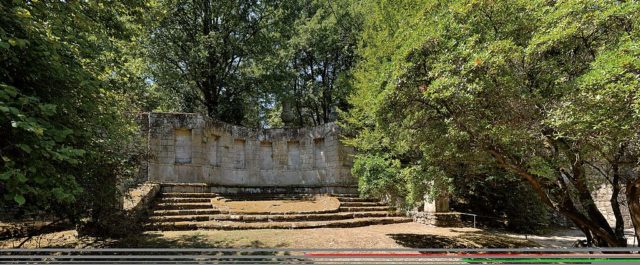
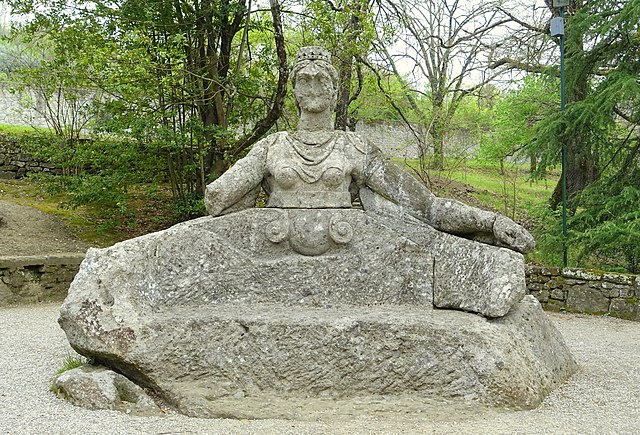
The sculptures Ligorio and Moschino created were of one of Hannibal’s elephants carrying a deceased ancient Roman legionary in its trunk; two sirens; a sleeping nymph; a depiction of Aphrodite; a fountain named Pegasus, the winged horse; two bears; a whale; a triton in a niche; and a turtle with a winged woman on its back.
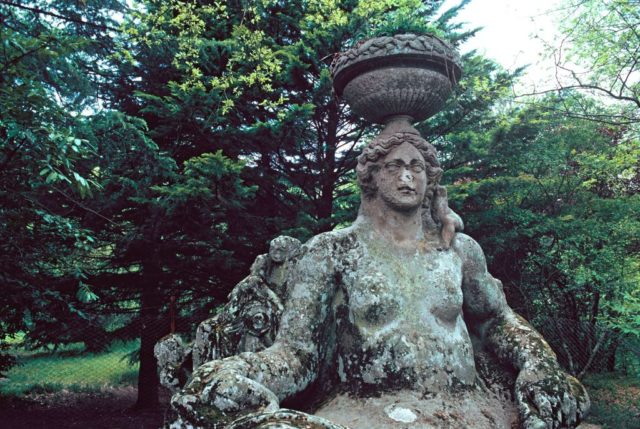
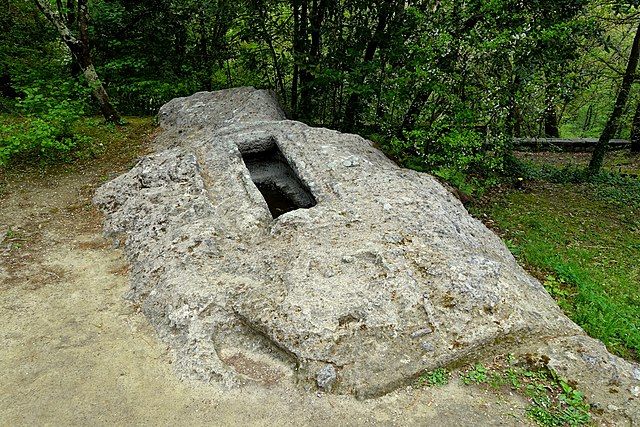
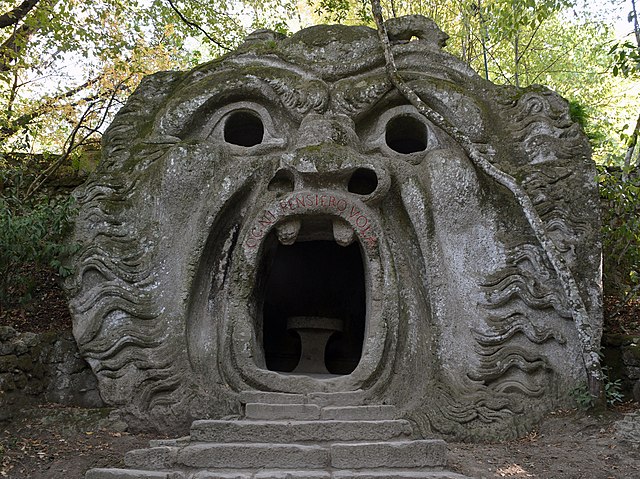
Other statues include a theater of nature; a giant who’d brutally killed someone; Cerberus; giant fruit, cones and basins; Proteus; two versions of Ceres, one lounging on the ground and another standing; a dragon being attacked by lions; and Orcus with its mouth open.
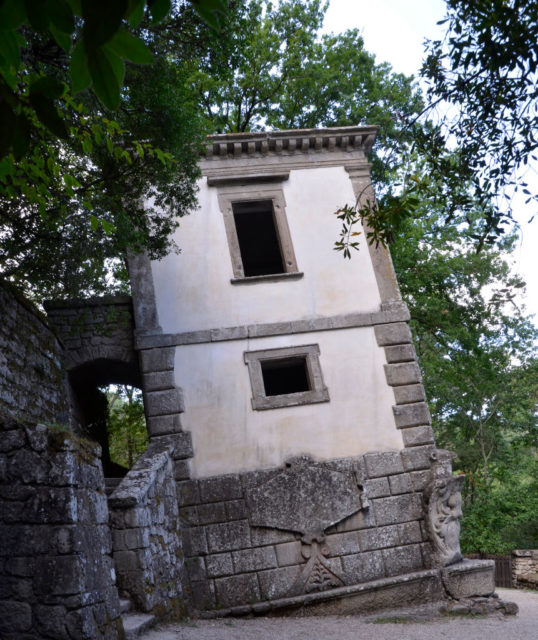
Two monuments were also constructed. The first is known as the “Leaning House.” It’s dedicated to cardinal Cristoforo Madruzzo, who was a friend of Orsini and his wife. The second is the “Temple of Eternity.” Located at the top of the garden, it serves as a memorial to Farnese.
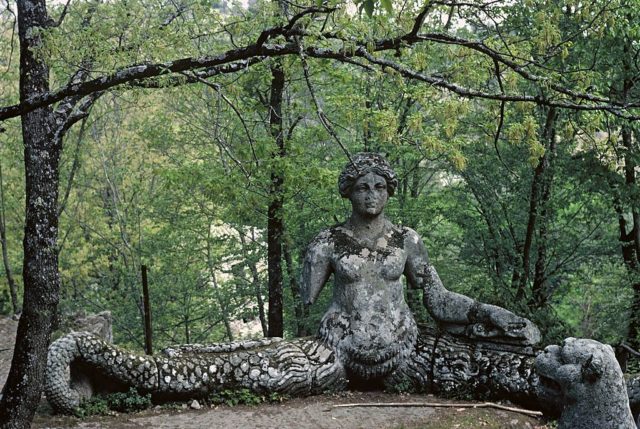
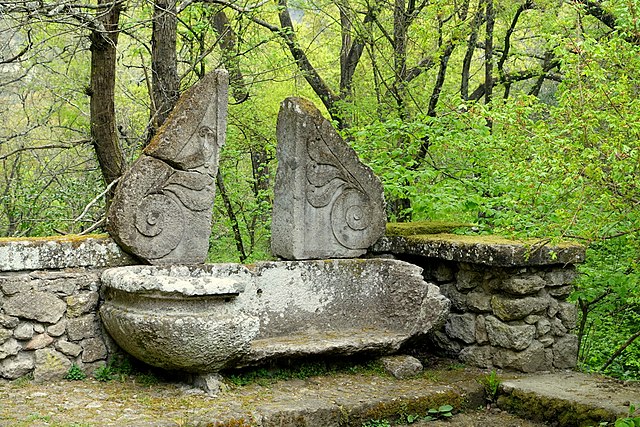
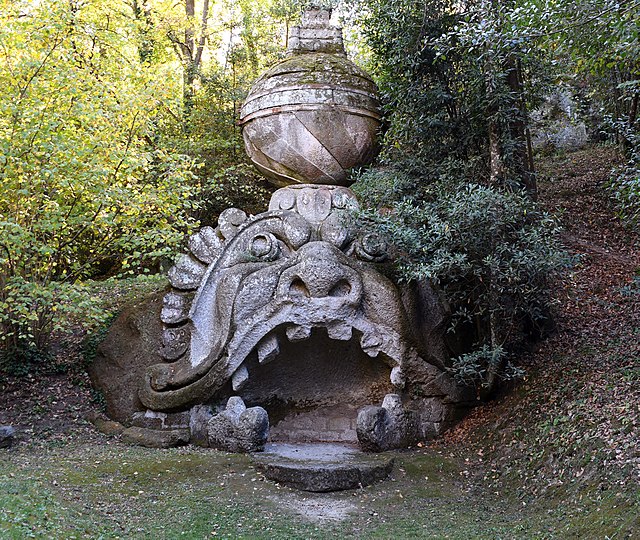
The majority, if not all, of the sculptures making up the Gardens of Bomarzo were designed to appear different than how people at the time imagined the figures. This was done intentionally, as Ligorio was upset over how Renaissance artists were rendering them outside of how they were described in ancient texts. He felt they were being depicted as “too human” and thought that their features should be exaggerated.
The Gardens of Bomarzo are abandoned, then rediscovered
Following Orsini’s death, the Gardens of Bomarzo were abandoned, and up until the 20th century became overgrown and neglected. The surrounding forest reclaimed the site, with vines, lichen and moss growing over the sculptures. The gardens were essentially forgotten – that is, until a popular Spanish painter happened upon the site in 1938.
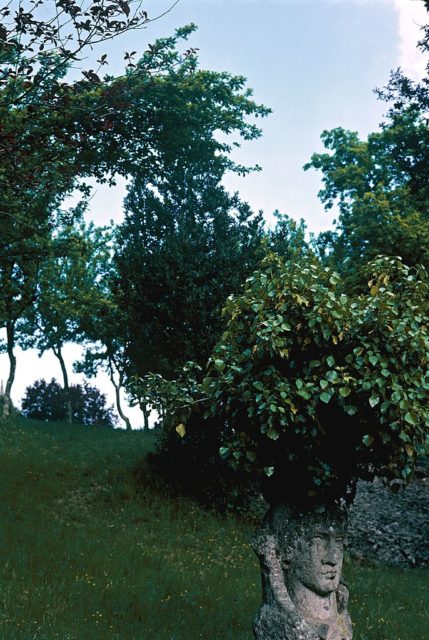
Salvador Dalí was immediately inspired upon discovering the Gardens of Bomarzo. The design of the sculptures mirrored the style he presented in his paintings, and they even inspired his 1946 piece, The Temptation of Saint Anthony. He released a film about the site, titled In the World of the Surreal: Salvador Dalí in the Garden of Monsters.
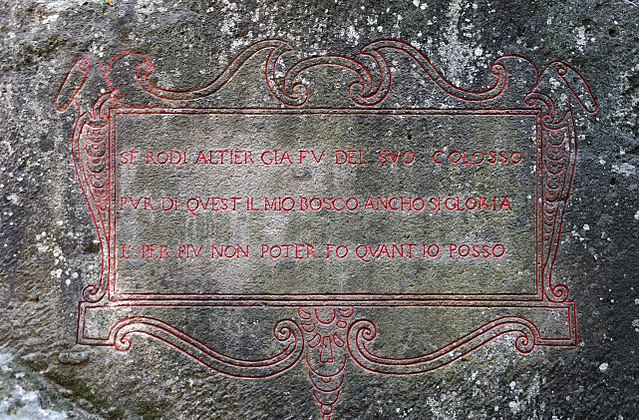
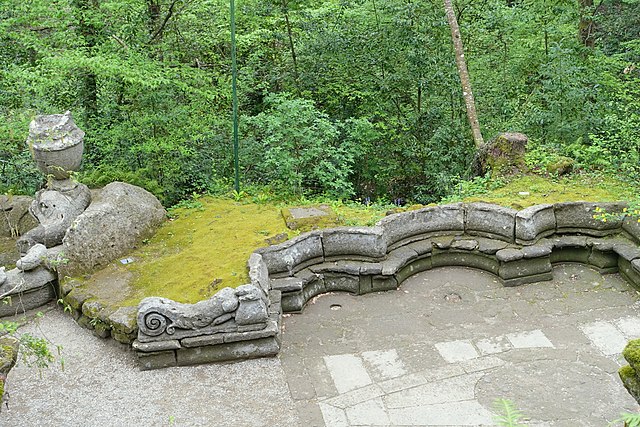
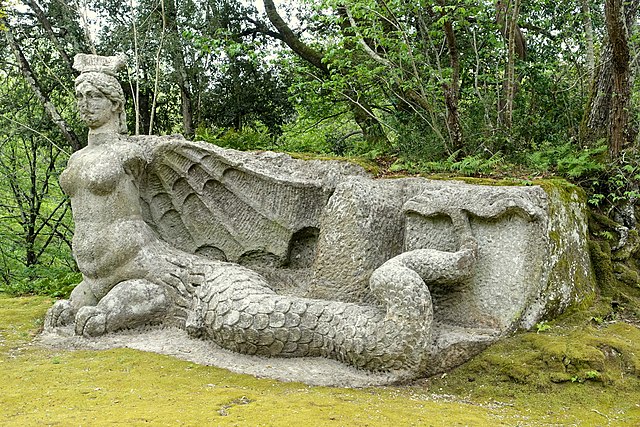
More from us: Enter the Ancient Mayan Underworld in Mexico’s Hauntingly Beautiful ‘Cenotes’
In 1951, real estate agent Giovanni Bettini was traveling around Italy when he, too, discovered the gardens. He was impressed by the statues and saw their potential, if only they could be restored. He wound up purchasing the property and spent much of his time returning it to its former glory.
His efforts were a success, allowing the Gardens of Bomarzo to become a popular tourist attraction that’s still visited to this day.
